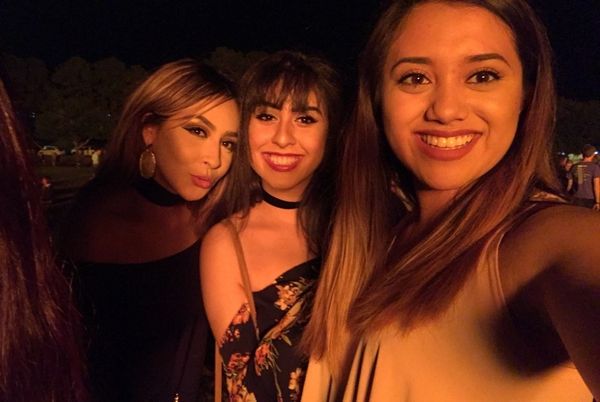Transformation Tuesday
Tattoos, haircuts, and the desire for a snapshot identity
140 characters. You have 140 characters to express your thoughts. How long is 140 characters? It goes by a lot quicker than you would think.
Social media involves the art of conveying what you think in a manner that will get the most people possible to interact with it and read it. Sometimes, rather than writing about an experience, we post a picture to memorialize the moment for ourselves and our friends/followers. Our Facebook pages become a collage of witty social commentary, artsy Instagram pictures, and hilarious shared memes. If someone was to look at our profile, they would get a pretty good idea of who we are within thirty seconds of searching for us. It’s convenient. It’s easy. It’s instant identification.
Step into the real world (I know it’s scary, but bear with me). You’re at a party full of people you’ve never met before and your only friend there just left you alone with a stranger. She asks what you do for a living, where you live, etc. but you can feel the conversation dwindling. You suddenly realize that you’re not used to interacting with people outside of the sphere of the Internet. You can’t talk about politics, sports, or science without offending anyone anymore, but there’s nothing else left to talk about. You search the depths of your mind for a funny story, but you’re not nearly as entertaining on your feet as you are on Twitter. Your identity is all tied up somewhere in the information superhighway.
We’ve all encountered this situation at some point. Wouldn’t it be nice to have a conversation piece at your fingertips at any given time? Of course it would! Most of us would do anything to avoid the dreaded pause in conversation with people, whether they are friends or strangers. So, we try to make ourselves seem interesting. We brand ourselves: superhero t-shirts, brand-name sneakers, baseball caps, class rings -- you name it, we wear it. By wearing these things, we’re putting our allegiances on display. How much easier would the party scenario have been if you had been wearing a Captain America shirt? You have a built-in conversation piece. Easy as that. In an age of increased introversion, we tend to use these things as security blankets in unfamiliar social settings. We use them to represent what we love and, therefore, who we are. Our identification with outward manifestations of our “likes” is what tends to drive what we buy and how we present ourselves to the world.
How much more, then, is this true of tattoos? What about getting your hair dyed like your favorite singer’s? Or maybe getting a piercing to show what an adult you are? It seems like there’s a girl on my Instagram feed chopping off massive amounts of her hair with the caption, “New hair, new me!” every other week. The physical manifestations of identity exist beyond what we wear. We alter our bodies to make a point and prove how important something is to us and show with what ideals we wish to align ourselves. For example, a girl with long hair who suddenly cuts it short may have just been through a breakup. Her now ex-boyfriend may have told her to never cut her hair because he likes it long. Now, just to prove that she’s her own woman, she posts a #TransformationTuesday picture of her with a bob hairstyle. She’s changing her outward identity, whether for herself or to spite her ex. Either way, that girl is showing everyone what’s important to her, and that can be a conversation kickstarter, both on social media and offline.
People with tattoos get additional props in this area because there’s an implied deep meaning to their ink; if something is so important that someone would get it permanently injected into their skin, there must be a good story behind it. Obviously, their intentions were not completely to have the tattoo serve as a conversational crutch (because that would just be ridiculous). The result, though, is that the tattoo gives whoever sees it a snapshot of what the inked individual loves. It’s quick, effortless, and is a conversation piece that leads to a story that the other person may relate to.
Suddenly, two people are connecting on a deeper level in person, without the mediator of a little, glowing screen. It’s terrifying and thrilling and real. It’s real.
We cannot rely on taglines, hashtags, and virtual pictures to show off everything about us. Given how much we seem to need a snapshot identity, maybe we should step away from the smartphones, tune in to reality, and figure out who we really are and who we want to become.



 Nissa Diaz
Nissa Diaz Nissa Diaz
Nissa Diaz Nissa Diaz
Nissa Diaz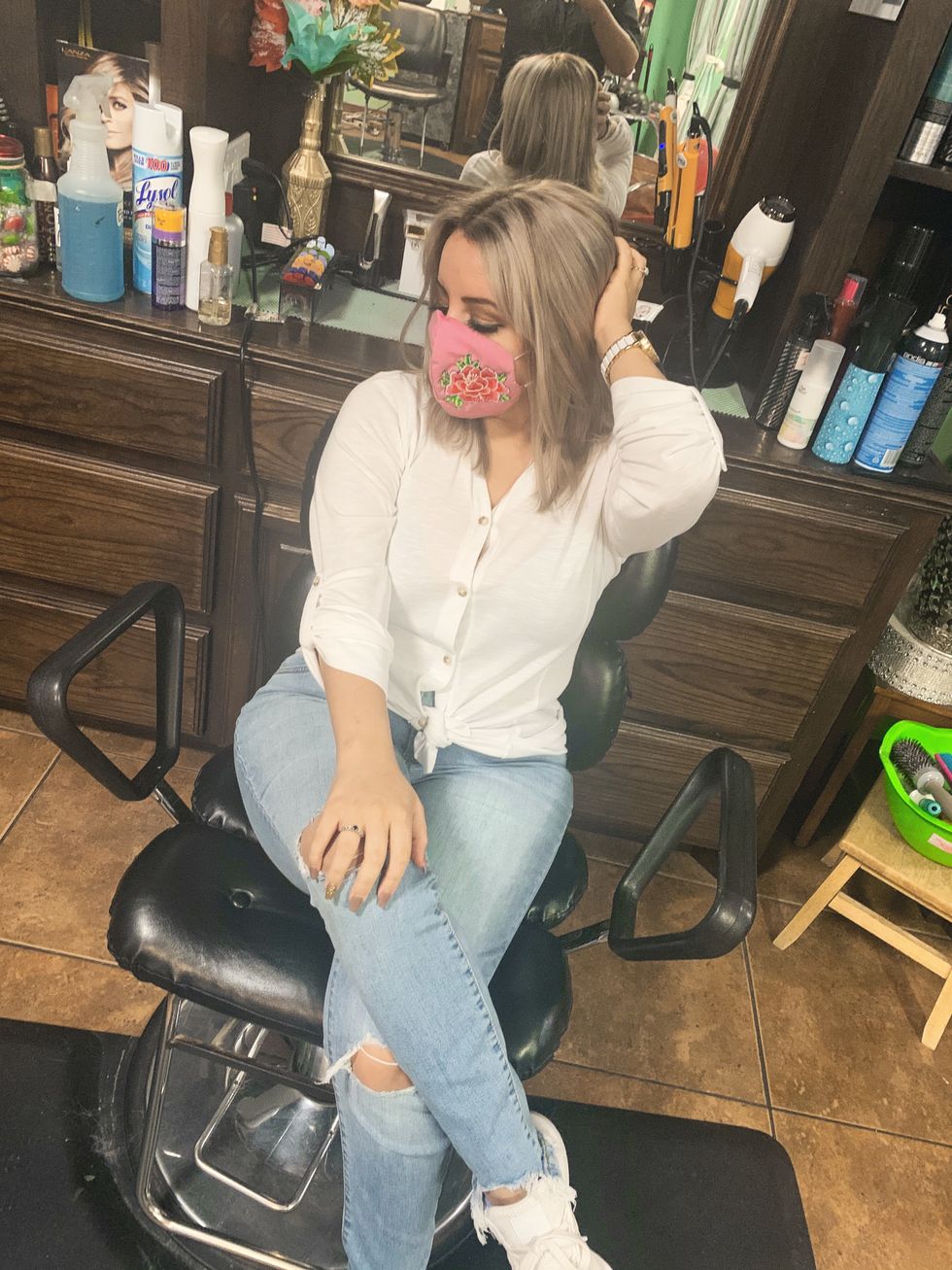
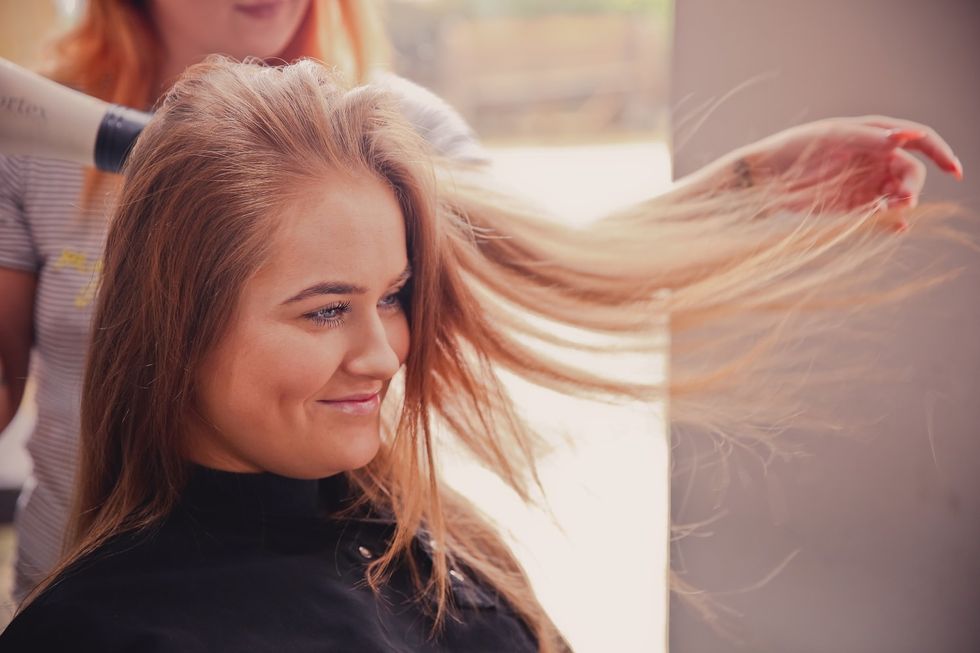
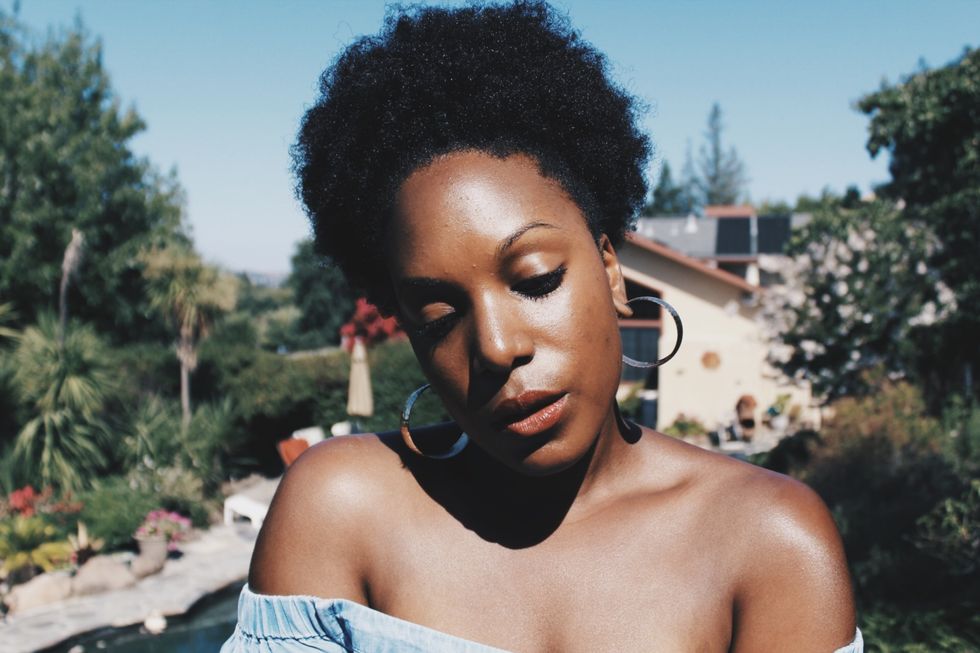
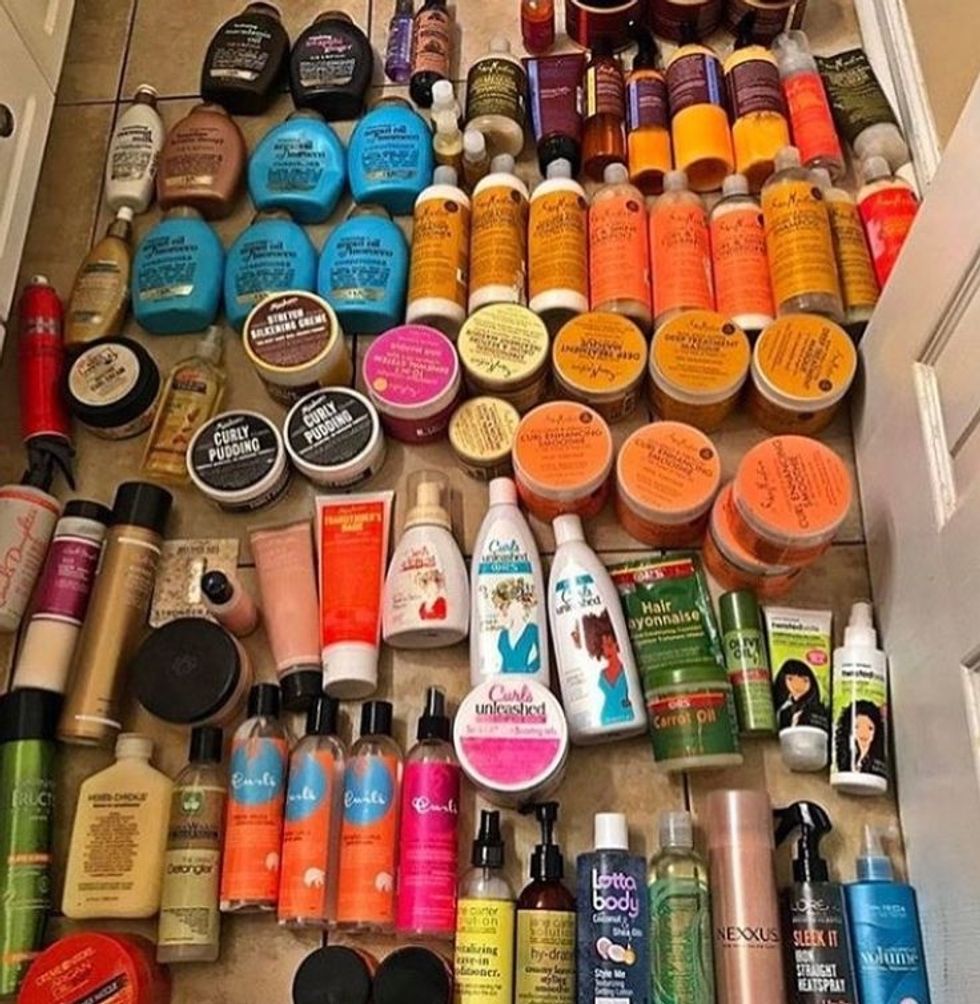




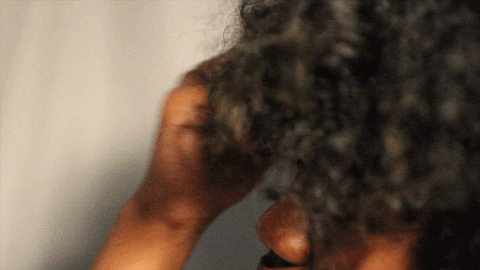

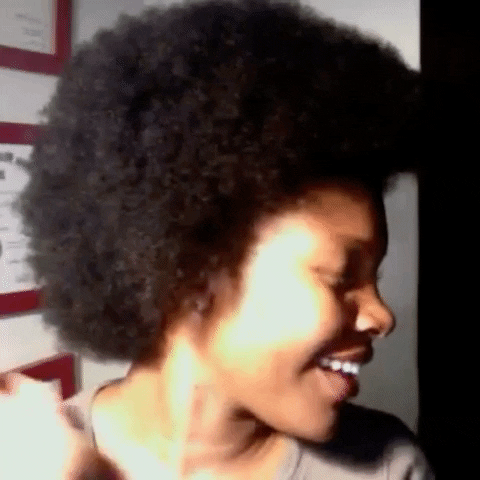
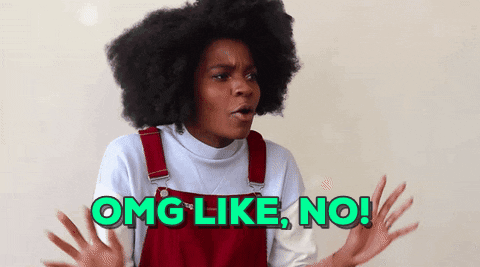
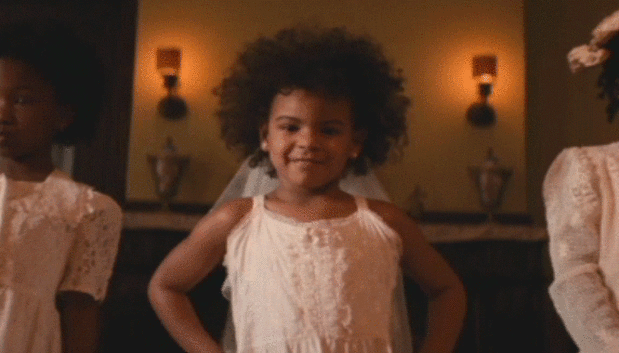



 media.giphy.com
media.giphy.com

























